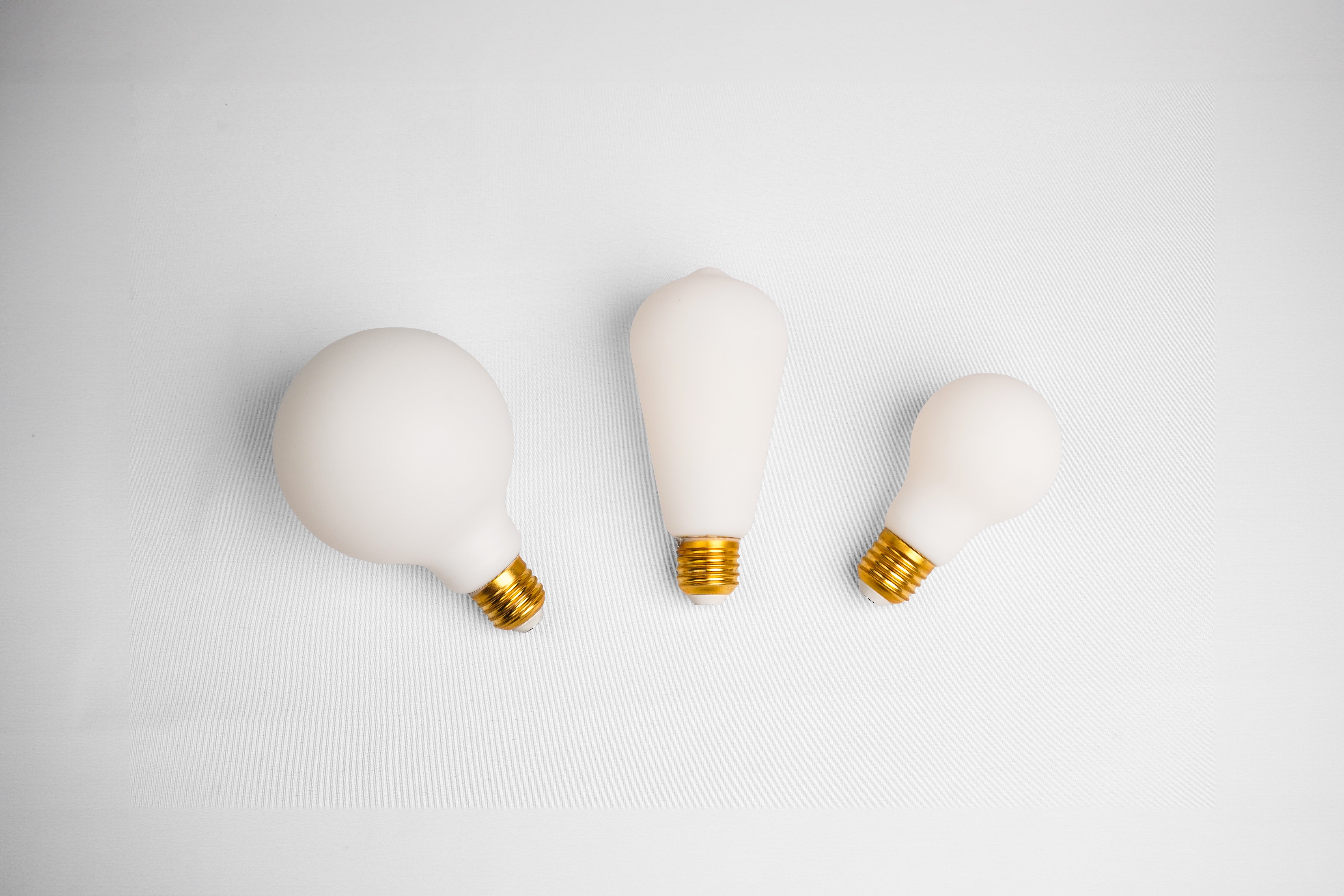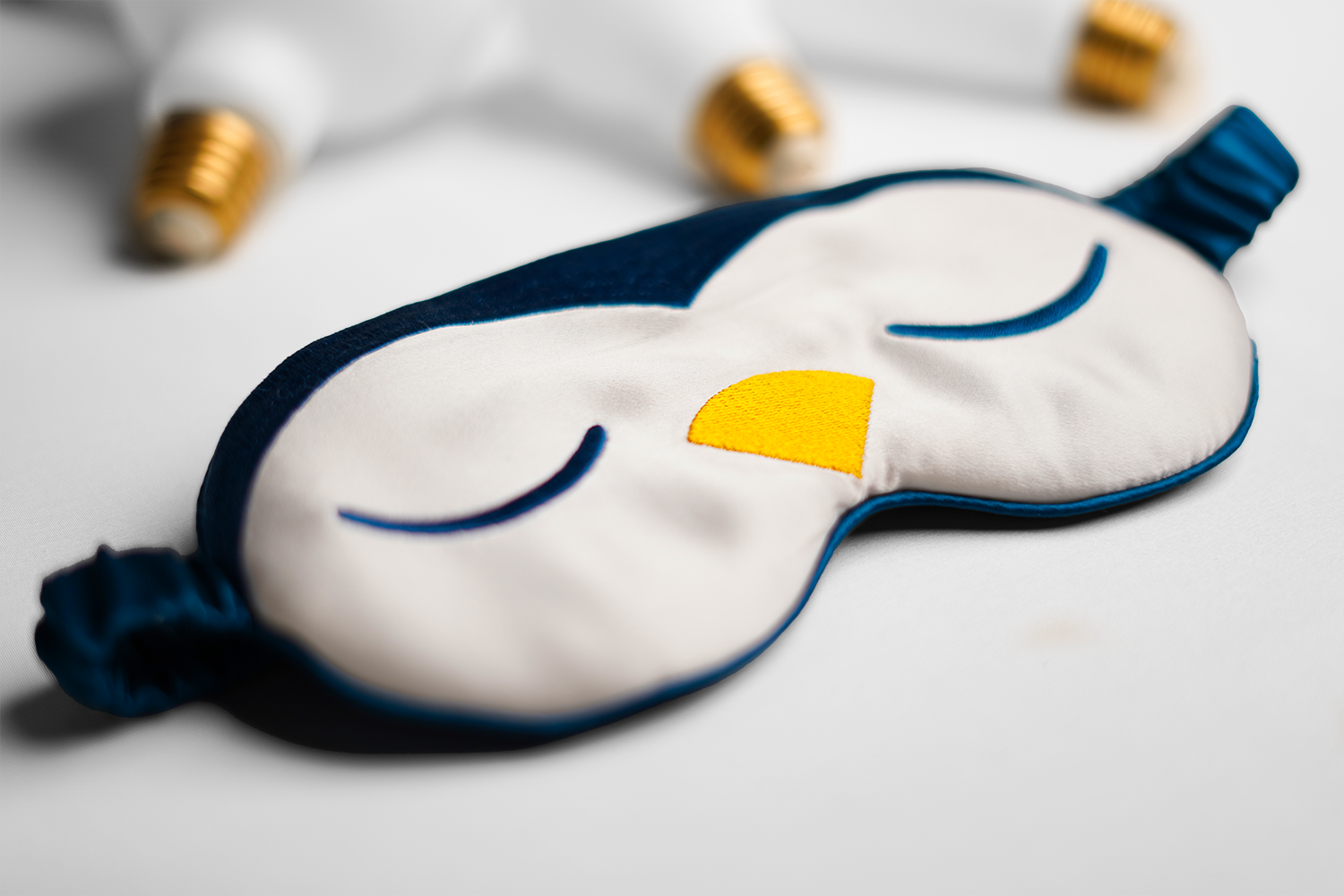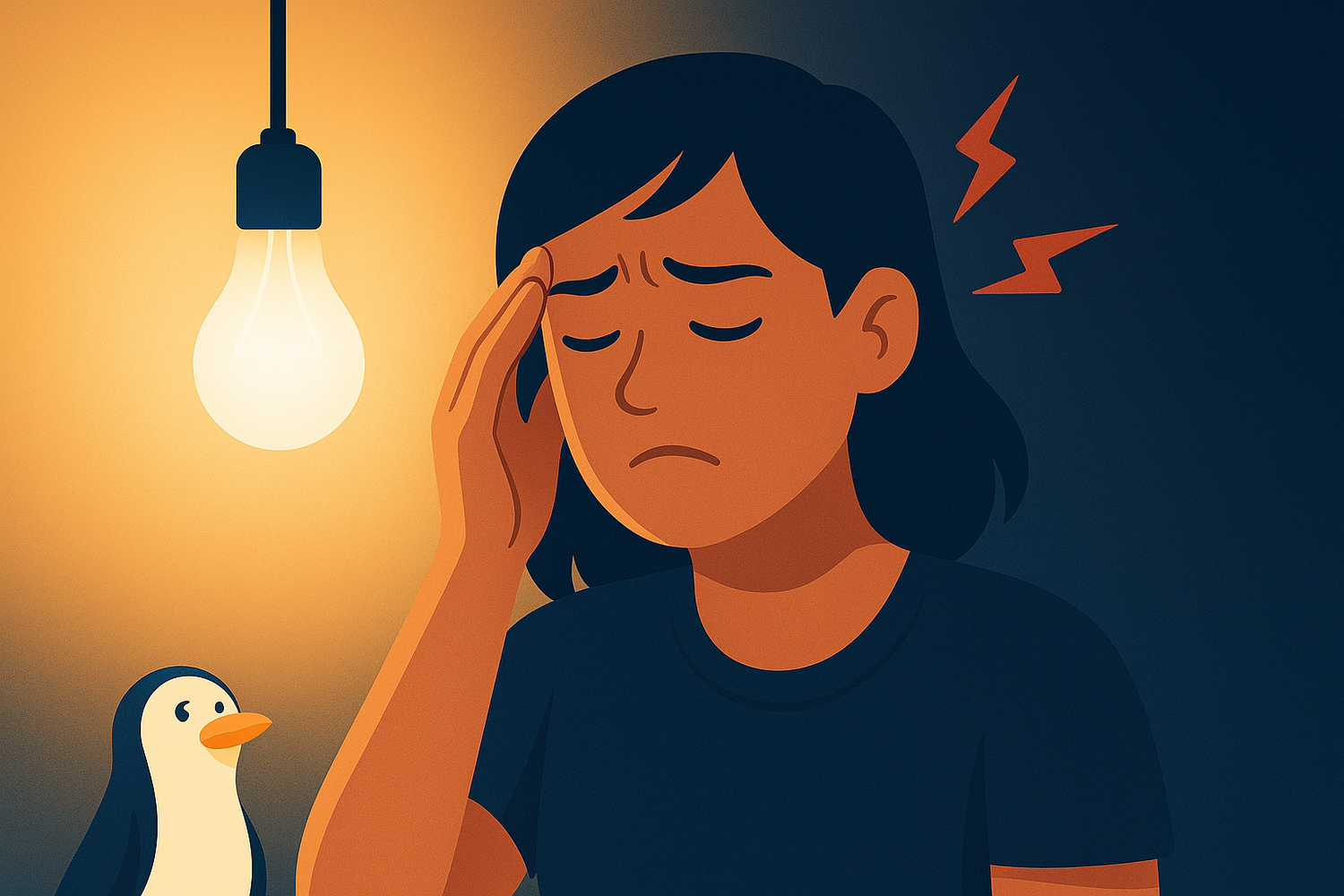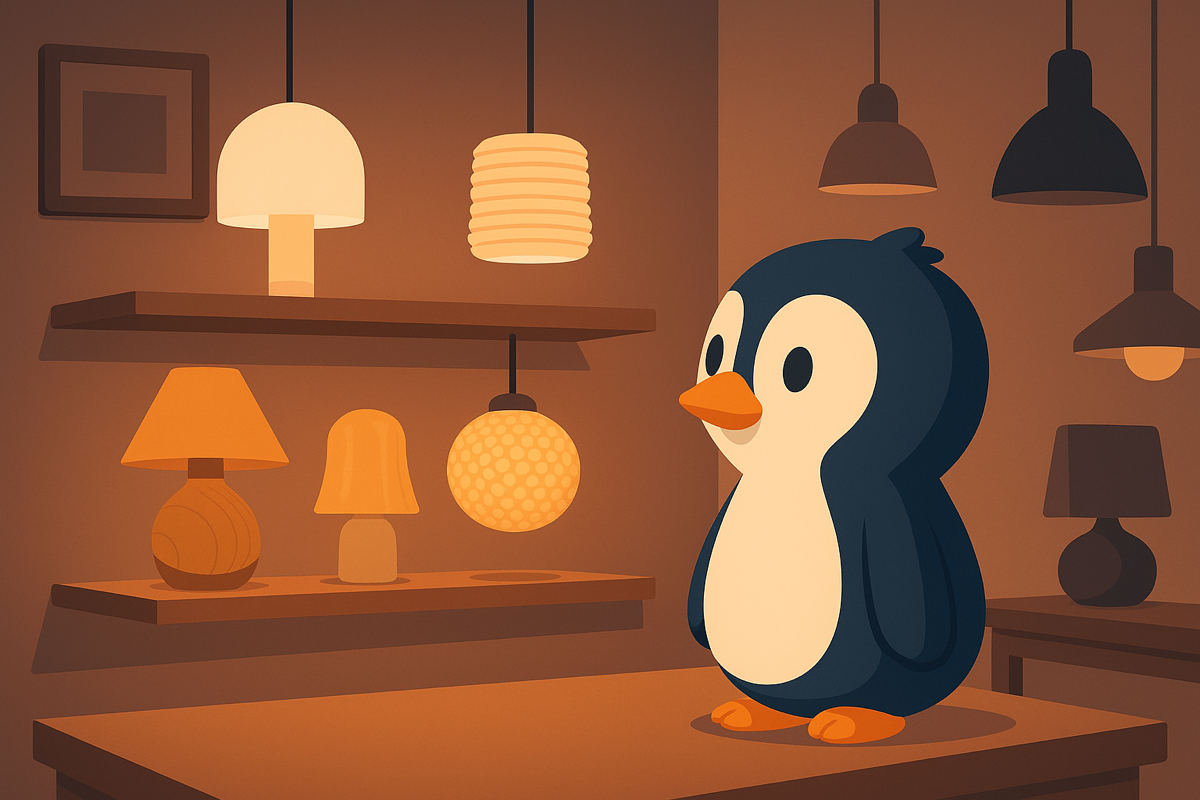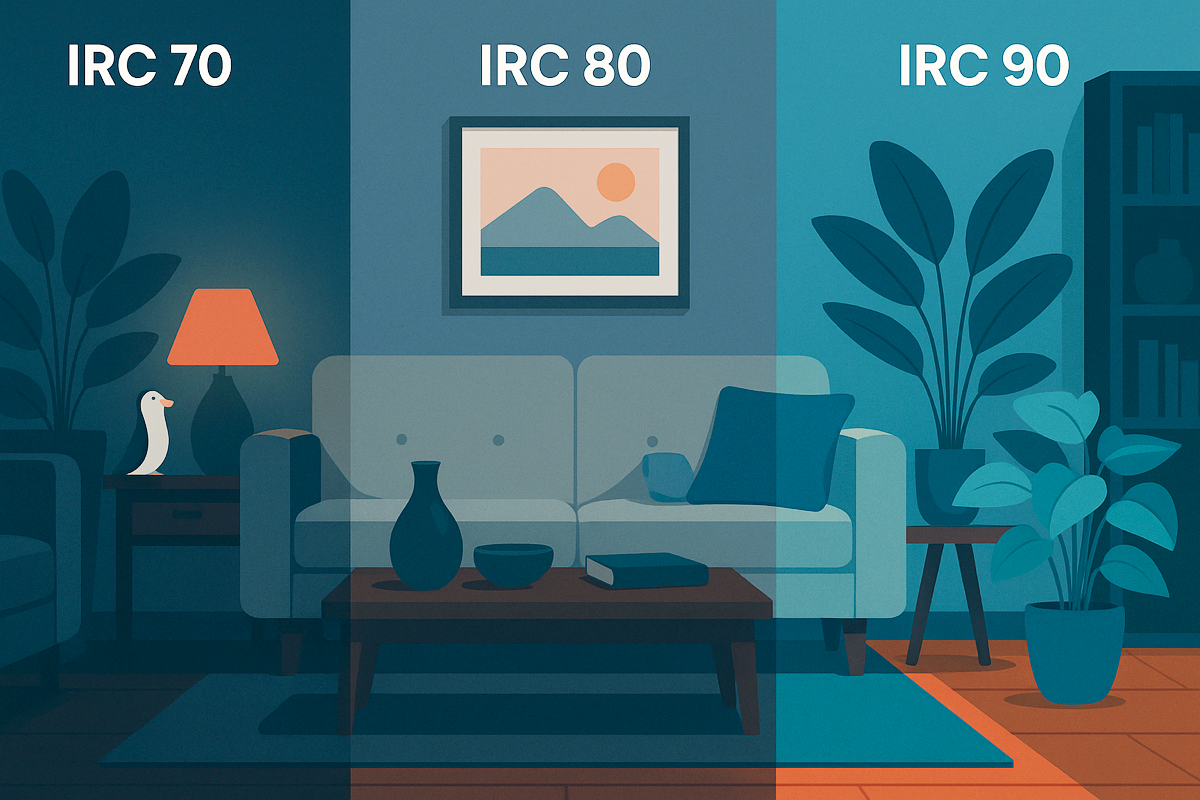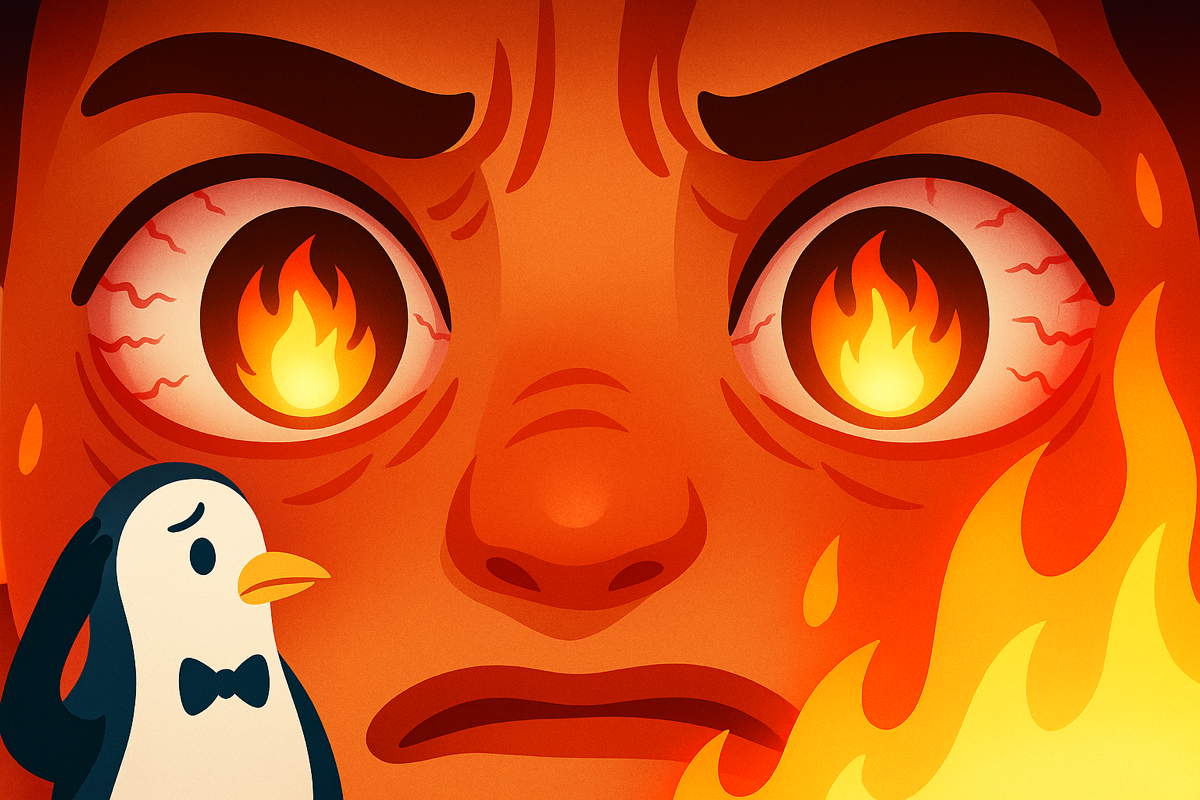Reading time: 8 min.
In short:
Light isn't just a decoration: it can trigger or worsen a migraine attack. Too bright, too blue, too direct... every detail counts. We explain how to protect your brain while brightening your life.
📌 Summary
When light becomes pain
Photophobia isn't just an annoyance: it's a hypersensitivity that can turn normal light into a migraine trigger. It affects a majority of migraine sufferers and can even persist between attacks.
In modern environments (neon lights, cold LEDs, screens), light is omnipresent. For a fragile brain, it's a constant assault. And this overexposure can transform a simple headache into a neurological storm.
The most risky types of light
Not all light is created equal. The most problematic? Sources that are too white, rich in blue (above 5000K), strobe lights (neon lights), and those with imperceptible flicker (poorly designed LEDs).
Harsh contrasts (going from black to bright light) and backlit screens in the evening also aggravate symptoms. Even a poorly lit room can force your eyes to compensate... and trigger the pain.
What science says
Researchers have identified connections between the retina and brain regions involved in pain. Light stimulates certain cells in the eye containing melanopsin, which can activate migraine circuits.
In migraine sufferers, this reaction is amplified. As a result, lighting that would be neutral to someone else becomes unbearable. Even at moderate intensity, light can disrupt the central nervous system.
How to avoid crises?
The goal is not to live in the dark, but to calm the stimuli.
- Choose warm, stable lights (2700K max, high CRI, flicker-free)
- Reduce intensity and avoid prolonged exposure to screens in the evening
Laqi circadian bulbs adapt to your cycle, but also to your sensitivity: they filter the most aggressive wavelengths and follow a natural rhythm.
💡 Discover the Laqi Starter Kits
📦 See the complete product unboxing
💬 FAQ
Do all LEDs trigger migraines?
No, only those that emit a strong blue spectrum or flicker. Well-designed LEDs (high CRI, warm light) are much better tolerated.
Can I use blue light filters or glasses?
Yes, it can help, especially in a professional environment. But it's no substitute for good lighting at home, adapted to your circadian rhythm.
Which room should I prioritize if I can't change everything?
Your bedroom, without hesitation. Then your work or reading space. These are the areas with the greatest visual and neurological impact.
Light up your home without damaging your head
You don't choose to have migraines. But you can choose the light you receive. Opt for soothing, intelligent, and well-calibrated sources. And let Laqi watch over your luminous well-being, all day long.

